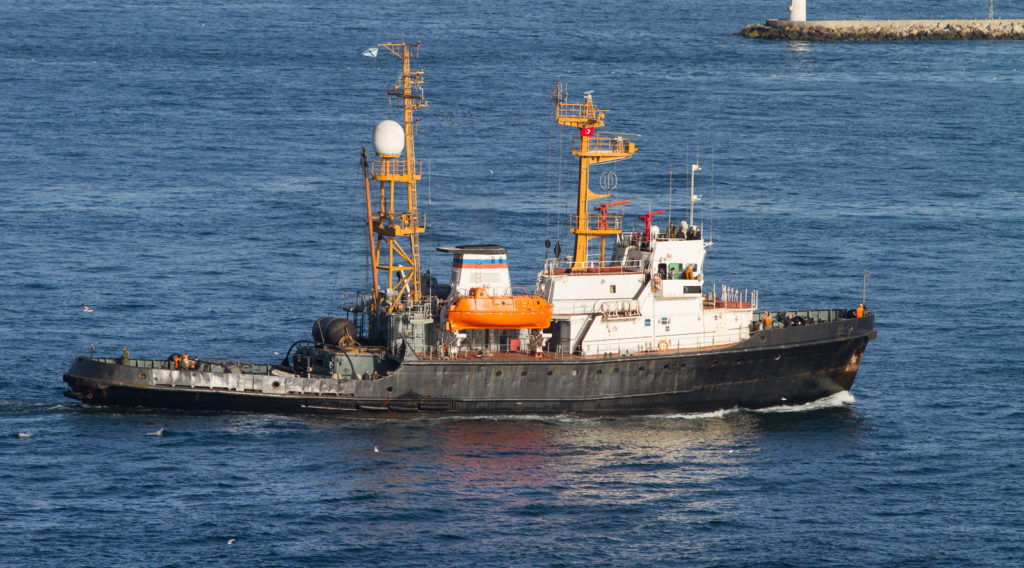Today, underwater services are highly needed in one way or another. Some structures are built underwater, and transportation is also done on the water. Salvaging is one of the main works that entails saving ships and cargoes from submerging in water. Since water activities can’t be avoided, then underwater services are also inevitable.
How to Reinforce Underwater Materials
Fiberglass is laid on a plastic wrap and impregnated with Sprut +. Then the fiberglass, together with the film, is rolled up. A diver rolls out a roll underwater, pressing the impregnated fiberglass against the surface to be repaired. Rolling and tapping are carried out from the center to the edges until the water is completely removed. Then the plastic wrap layer is removed.
The application of subsequent layers is carried out in the same way without interruption in work. If necessary, the reinforcing material is fixed with magnets. After polymerization, the reinforcing layer turns into strong fiberglass, reinforcing the structure and preventing further corrosion. This way, wire cutting will be done effectively.
What to use when bonding metal elements underwater?
Octopus + – is an excellent underwater glue that allows you to glue metal surfaces of structures and parts underwater. The metal structure is cleaned to pure metal. Another metal element that needs to be glued is also cleaned, and a layer of Sprut + is applied to it. Then the diver goes down under the water and glues the metal fragment to the structure’s surface, rubbing it without effort.
Renovation work
Underwater repair of structures is carried out in two ways: using formwork and without its use. When constructing the formwork, the repair mortar filling the formwork displaces water from it. The formwork-free repair method is used to fill joints, seams, and cracks.
The underwater concreting compound is supplied through plastic packers with a Resmix S-Packer check valve, installed in the formwork wall and located on top of the other. The technology consists of the gradual filling of the formwork with the repair compound. When filling the lower layer of the formwork, the repair mortar is fed into the packer located above.
The mortar mixture is fed from left to right. The slurry is fed into the upstream packer before setting the slurry that was pumped through the downstream packer. The horizontal and vertical distances between the packers should ensure the integrity of the created repair layer.
The supply of repair mortars for underwater concreting Resmix UV or Resmix UV-L is carried out through a hose lowered from the top of the formwork. The end of the hose should be sunk directly into the mortar feed. As the formwork is filled, the hose rises upward.

How to carry out repair work without using formwork?
Filling seams, joints, and cracks without formwork is carried out using a nozzle on the hose, which allows the passage of the mixture with a fraction of up to 1 mm. The thickness of the nozzle should be less than the width of the seam, joint, or defect for their monolithic filling to the full thickness.
Wrapping up
This brings us to the end of this guide. We can say that underwater services are a very important aspect that should be put to use. Since many structures are built underwater, and also we use water as a means of transport, underwater services should be given top priority. Apart from that, rock removal is among the top services conducted in the water.